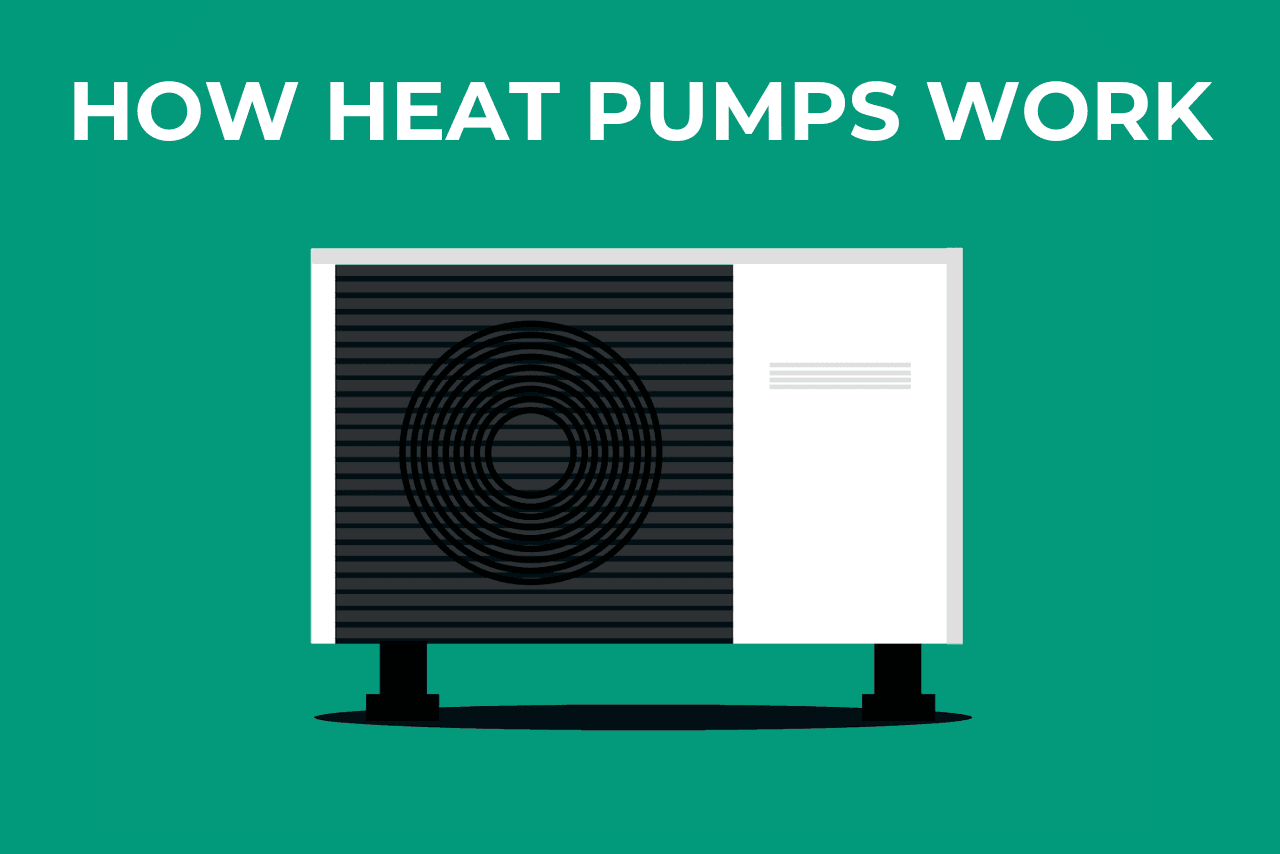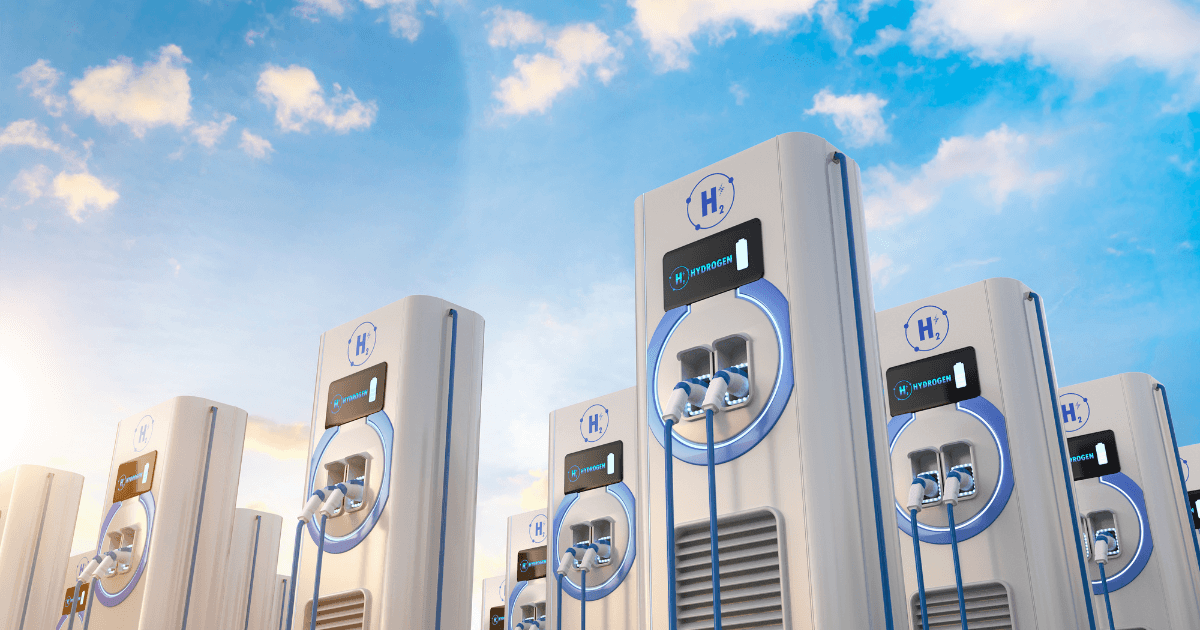Air source heat pumps (ASHPs) have become increasingly popular as an efficient heating solution for homes and businesses in the UK. These innovative devices utilise the latent heat present in the air to provide sustainable warmth while reducing reliance on traditional heating systems. In this article, we'll delve into the mechanics of air source heat pumps, exploring their components and the advantages they offer.
Understanding the Basics
At their core, air source heat pumps operate on the principle of heat transfer. They extract warmth from the ambient air outside and transfer it indoors to provide heating during colder periods. Even in chilly weather, the air retains heat energy, albeit at lower temperatures. ASHPs harness this heat, amplifying it through compression and expansion processes to elevate the temperature to a level suitable for heating purposes.
The Components of an Air Source Heat Pump
An air source heat pump comprises several key components, each playing a pivotal role in the heating process. These include:
Evaporator Coil: Positioned outside the property, the evaporator coil absorbs heat from the outdoor air.
Refrigerant: A specialised fluid circulating within the system, the refrigerant absorbs and transports the heat energy extracted by the evaporator coil.
Compressor: The compressor compresses the refrigerant gas, elevating its temperature and pressure.
Condenser Coil: Located indoors, the condenser coil releases the heat absorbed by the refrigerant into the indoor space.
Expansion Valve: This component regulates the flow of refrigerant, enabling it to expand and cool down before returning to the evaporator coil to initiate the cycle anew.
The Heating Cycle
The heating cycle of an air source heat pump commences with the evaporator coil absorbing warmth from the outdoor air. The refrigerant, now in gaseous form, transports this heat to the compressor, where it undergoes compression, increasing its temperature. The hot, pressurised gas then passes through the condenser coil, releasing its heat into the indoor environment. As the heat is transferred indoors, the refrigerant cools and transitions back to a liquid state before returning to the evaporator coil to repeat the cycle.
Efficiency and Environmental Benefits
One of the primary advantages of air source heat pumps is their high efficiency. By harnessing renewable heat energy from the air, ASHPs can provide heating at a fraction of the cost of traditional heating systems, resulting in substantial energy savings for homeowners and businesses. Additionally, ASHPs produce fewer carbon emissions compared to fossil fuel-based heating systems, making them an environmentally friendly choice for heating.
Conclusion
In conclusion, air source heat pumps offer an efficient and sustainable heating solution by harnessing heat energy from the ambient air. By comprehending the principles behind their operation and the benefits they offer, homeowners and businesses can make informed decisions when considering heating options. With their ability to provide reliable warmth while reducing energy costs and environmental impact, air source heat pumps are poised to play a crucial role in the transition to a greener future.



